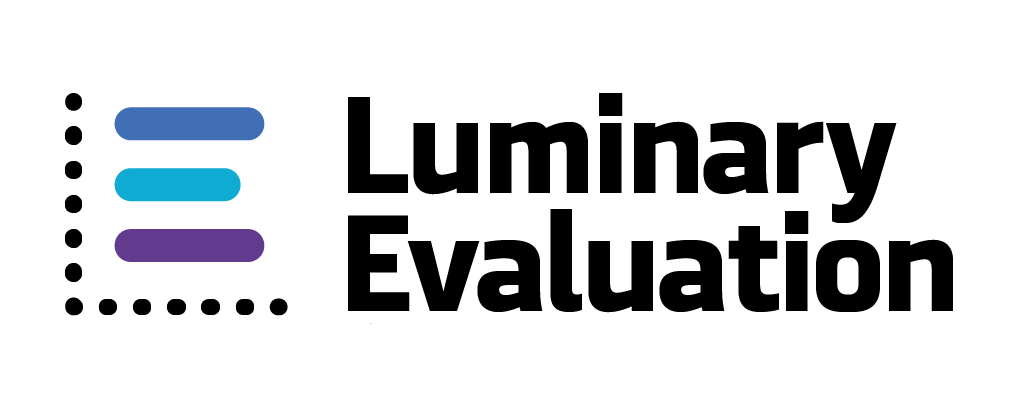Resource mobilization in 2019 presents a unique set of circumstances that nonprofits must navigate successfully to win support for their programmatic goals.
Explosive growth in the nonprofit sector has resulted in increasing competition for limited government and private foundation funding pools. Further magnifying competitive pressure, contributions from small donors — which many small nonprofits rely upon — has decreased. Organizations in the education and public-service sectors have seen decreases of up to 6.9% in available funding from 2017 to 2018. (Giving USA 2018)
Replacing smaller donors are rising “mega-gifts” from wealthy individuals and corporations; a major share of contributions in 2018 were in the form of larger gifts, totaling $1,000 or more. For smaller nonprofits without connections to wealth, this trend may be considered concerning, especially within the context of slow or flat growth in individual giving overall.
Increasingly, funding must be sought from sophisticated funders, who, faced with a sea of options, wish to see programmatic data when making funding decisions. Such funders approach nonprofit giving similarly to private investors, expecting evidence that projects will reach particular outcomes along established timelines and within agreed financial terms.
As a vehicle for producing the data funders want to see, evaluation is essential for effectively raising funds in this environment. Program evaluation yields data that allows the organization to present an attractive program with a sound case for support. However, evaluation has long been viewed as prohibitively expensive, often requiring skilled staff or outside consultants. Additionally, although funders wish to see evaluation results when choosing how to allocate funds, they are rarely willing to pay for the expense of a study. In fact, in a 2015 study conducted by the Grant Professionals Association and reprinted by American Fundraising Professionals, 79% of funders were found to never have paid for the evaluation expense of a program they have funded.
Nonetheless, evaluation is the key to a spiral of increasing growth and impact. Beyond its role in communicating compelling cases to funders, evaluation provides organizations with valuable insights that can be harnessed to increase programmatic design, delivery, performance, and impact. These increased efficiencies result directly in more improvement in more lives. In order to support the essential work of nonprofit organizations, Luminary has designed a methodology capable of providing the benefits of evaluation to organizations of every size, capacity, and budget. Our modular evaluation activities can be packaged into customizable evaluation packages, which provide powerful insights at a fraction of the typical price. Mobilizing these insights, organizations are empowered to effectively engage funders, increase capacity to access data insights, and ultimately, increase impact.

